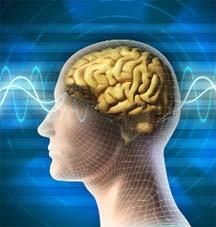
Life Desk :
A new animal study published in the Journal of Neuroscience has found that anxiety could be reduced by increasing brain’s acidity in the emotional control center. The findings suggest a new mechanism for the body’s control of fear and anxiety, and point to a new target for the treatment of anxiety disorders.
Anxiety disorders, which are characterized by an inability to control feelings of fear and uncertainty, are the most prevalent group of psychiatric diseases. At the cellular level, these disorders are associated with heightened activity in the basolateral amygdala (BLA), which is known to play a central role in emotional behavior.
Many cells in the BLA possess acid-sensing ion channels called ASIC1a, which respond to pH changes in the environment outside of the cell. Maria Braga, DDS, PhD, and colleagues at the Uniformed Services University of the Health Sciences, F. Edward Hébert School of Medicine, found that activating ASIC1a decreased the activity of nearby cells and reduced anxiety-like behavior in animals. These findings add to previous evidence implicating the role of ASIC1a in anxiety.
“These findings suggest that activating these channels, specifically in fear-related areas such as the amygdala, may be a key to regulating anxiety,” explained Anantha Shekhar, MD, PhD, who studies panic disorders at Indiana University and was not involved in this study. “Developing specific drugs that can stimulate these channels could provide a new way to treat anxiety and fear disorders such a post-traumatic stress and panic disorders.”
To determine the effect ASIC1a activation has on neighboring cells, Braga’s group bathed BLA cells in an acidic solution in the laboratory and measured the signals sent to nearby cells. Lowering the pH of the solution decreased the activity of cells in the BLA.

